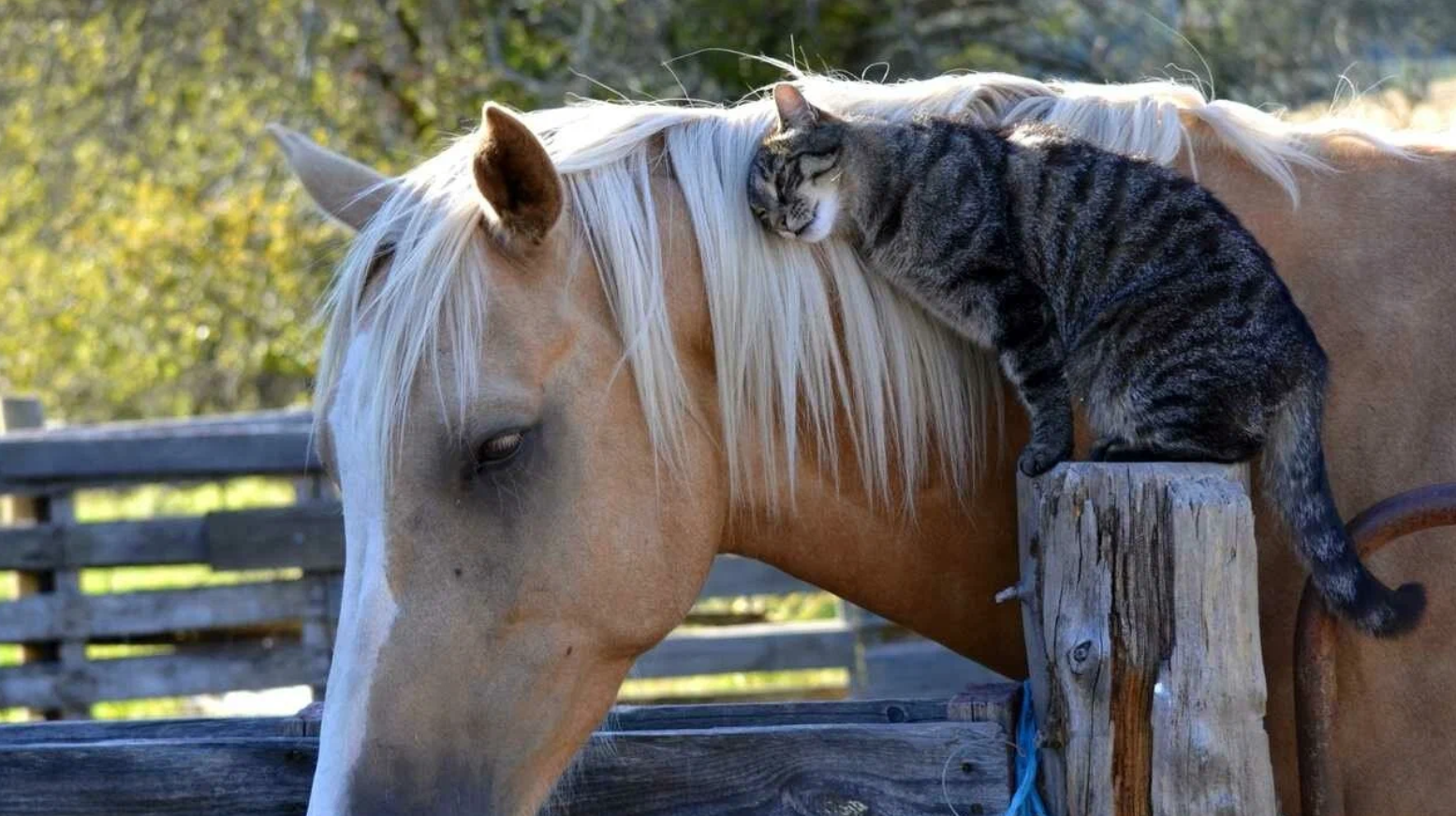The Dog Days of Summer: Uncovering the Origins, Myths, and Modern Relevance

The “Dog Days of Summer” is a familiar phrase that brings to mind the year’s hottest stretch, marked by languid afternoons and soaring temperatures. However, the history behind this term goes much deeper than the heat of summer. Its origins are rooted in astronomy and ancient traditions, while its modern interpretation has taken on new meaning. In this article, we’ll explore the origins of the “Dog Days,” the myths surrounding them, and their significance today.
The Astronomical Roots of the Dog Days
Contrary to popular belief, the “Dog Days of Summer” have little to do with actual dogs. The phrase comes from the ancient association between the hottest days of the year and the star Sirius, known as the Dog Star.
In ancient Egypt, the rising of Sirius before dawn marked the onset of the Nile’s annual flooding, which brought fertility and prosperity to the region. For this reason, Sirius was seen as a symbol of renewal and abundance. In contrast, the Greeks and Romans linked the star’s appearance to the hottest part of the year, a time they believed brought illness, discomfort, and even madness.
The Romans, in particular, believed that the heat of Sirius combined with the sun’s energy to create the most sweltering days of summer, which they called dies caniculares—the “Dog Days.” This period typically occurred from late July through August, and Roman writers like Virgil described it as a time of heat and hardship.
Myths and Superstitions of the Dog Days

Throughout history, the “Dog Days” have been associated with a variety of myths and superstitions, often rooted in fear of the extreme heat. Ancient societies believed that the intense heat of this period could drive people to irrational behavior or even illness. Similarly, it was thought that animals, particularly dogs, were more likely to become aggressive or rabid during these days, further adding to the term’s ominous reputation.
Other superstitions connected to the “Dog Days” involved agriculture. Farmers worried that the unrelenting sun would harm their crops, leading to poor harvests. To protect their fields, some communities performed rituals or made offerings to ward off the harmful effects of the heat. Even food preservation became a concern, as the heat was thought to spoil stored grains and other goods more quickly during this time.
The Modern Understanding of the Dog Days
In the present day, the “Dog Days of Summer” still refers to the hottest days of the year, but the superstition surrounding them has largely faded. Today, the term is used primarily to describe the period of mid-July through August when summer temperatures reach their peak. Despite modern comforts like air conditioning, the “Dog Days” still evoke a sense of slowing down, taking things easy, and savoring the last stretches of summer.
The oppressive heat that once caused fear and discomfort has now become associated with outdoor activities, vacations, and a more leisurely pace of life. People enjoy long days at the beach, barbecues, and outdoor sports, making the most of the sun-drenched weeks before autumn’s arrival. However, the term still carries a faint echo of its original meaning—a reminder of the time when summer’s heat was both feared and revered.
Staying Safe During the Dog Days

Though we no longer associate the “Dog Days” with illness or misfortune, the high temperatures can still pose real risks.Stay Hydrated: Drinking plenty of water is essential to prevent dehydration, especially when spending time outdoors in the heat.
Dress Appropriately: Wear light, loose-fitting clothing made of breathable fabrics to stay cool. Light-colored clothes can help reflect sunlight and keep your body temperature down.
Avoid Peak Sun Exposure: The sun’s rays are strongest between 11 a.m. and 3 p.m., so try to limit outdoor activities during these hours. If you need to be outside, take breaks in the shade and wear sunscreen to protect your skin.
Look Out for Pets: Just as the heat affects humans, it can be dangerous for pets. Make sure your animals have access to water and shade, and avoid walking dogs on hot pavement, which can burn their paws.
Enjoy the Evenings: Take advantage of cooler evenings for outdoor activities like walks, picnics, or relaxing in the yard. The evenings often offer a much-needed respite from the day’s heat.
The Dog Days as a Symbol of Transition

The “Dog Days of Summer” also carry symbolic meaning, representing a period of transition and change. As the hottest days give way to cooler evenings and the eventual arrival of autumn, the dog days can be seen as a time to slow down, reflect, and recharge before the busy seasons ahead.
In a metaphorical sense, the “Dog Days” can represent a time when progress feels sluggish, or energy is low. Just as the heat can make us feel lethargic, this period can symbolize the natural ebb and flow of life—where moments of stillness are followed by renewed activity and growth. The eventual end of the “Dog Days” serves as a reminder that even the most challenging or stagnant times will pass, making way for new beginnings
Cultural Perspectives and Folklore
Over the centuries, the “Dog Days” have inspired various myths and superstitions. For example, in medieval Europe, people believed that the extreme heat could induce dangerous behavior in dogs, making them more susceptible to rabies. As a result, there was a general wariness of animals during this time.
Agricultural communities often performed rituals and made offerings to ensure the health of their crops during these hot days. They sought to appease the gods, hoping to secure favorable weather conditions. These historical narratives reflect humanity’s enduring relationship with nature and the cycles of the seasons.
Enjoying the Dog Days in Modern Life

Families and friends gather for summer barbecues, pool parties, and beach outings, taking advantage of the long, sun-filled days. This season invites us to step outside, breathe in the fresh air, and relish the warmth of the sun.
While we may no longer associate the “Dog Days” with superstition, they serve as a reminder to embrace leisure and take a break from our busy lives. Whether it’s lounging by the pool, going for a hike, or enjoying a picnic in the park, this season offers countless opportunities for enjoyment and connection.
Tips for a Safe Summer Experience
While the “Dog Days” are a time for relaxation, it’s essential to prioritize safety during the hot months. Here are some practical tips to help you navigate the summer heat:
Hydrate Frequently: Drink plenty of water throughout the day, especially when engaging in outdoor activities. Dehydration can sneak up on you, so keep a water bottle close at hand.
Choose the Right Time for Outdoor Activities: Plan your outdoor adventures for early mornings or late evenings when temperatures are more manageable.
Wear Sun Protection: Sunscreen is a must during the “Dog Days.” Apply it generously to protect your skin from harmful UV rays, and reapply as needed.
Create Shade: Whether at the beach or in your backyard, find or create shaded areas where you can cool off and escape the direct sun.
Watch Out for Pets: Ensure your pets are safe from the heat as well. Provide them with ample water and shade, and avoid walking them during the hottest parts of the day.
Conclusion
The “Dog Days of Summer” represent a blend of history, culture, and the joy of living in the moment. This time of year encourages us to slow down, enjoy the company of loved ones, and appreciate the beauty of nature. As we bask in the warmth of the sun, let us embrace the spirit of summer, creating cherished memories that will last well beyond the season. Whether you’re lounging by the pool or taking a leisurely stroll in the evening breeze, take time to savor the “Dog Days” and all they have to offer.



